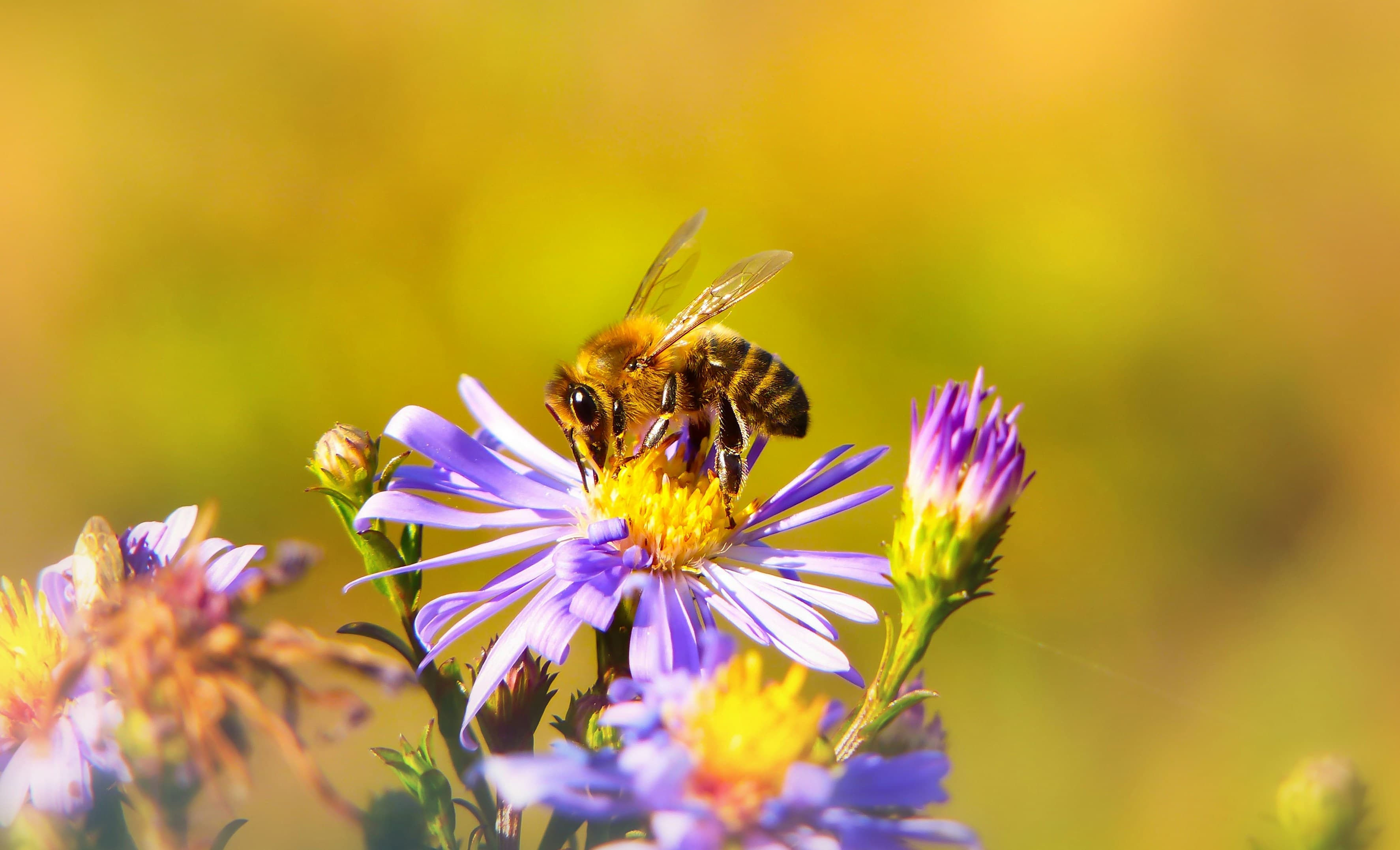Why do dogs want to eat bees? It's a curious sight. A dog snapping at the air, chasing what seems to be an elusive and buzzing target. This behavior is not just playful antics; it often stems from a dog's natural predatory instinct. Just as they might chase a squirrel or a bird, dogs are often enticed by the movement and buzzing of bees. It's a game of catch for them, albeit potentially dangerous. The intrigue of catching something as unpredictable as a bee can be irresistible for our canine friends. But, unlike their usual play targets, bees pose a unique risk – the risk of being stung.
Your Dog Stung by Bee: Signs and Symptoms
Identifying a bee sting in your dog can be challenging, especially if you didn't witness the incident. However, certain signs can indicate that your dog has had an unpleasant encounter with a bee. These signs include:
Whining or showing signs of distress
Pawing at the face or bitten area
Swelling in a specific area, such as the face, lips, or neck
Redness at the sting site
Drooling, especially if the sting is in or near the mouth
Who Did It? Honeybees, Hornets and Wasps
Different types of bees and wasps can sting your dog. It's crucial to identify the type of bee, if possible, as it can affect the treatment. Honeybees leave a stinger behind, which can continue to release venom. Hornets and wasps, on the other hand, can sting multiple times and the treatment area can be larger.
How to React If a Dog Eats a Bee
Dogs eating bees is a more common occasion than you might imagine. If you suspect your dog has eaten a bee or the dog got stung by a bee in their mouth, the first step is to remain calm. If the sting is visible and the stinger is still present (in the case of a honeybee sting), try to remove it carefully. Take a flat-surfaced object, like a credit card, to scrape it off. Avoid using tweezers, as they can squeeze more venom into the wound. After removing the stinger, apply a cold compress to reduce swelling.
Prompt veterinary attention is advised for a dog stung by a bee in the mouth or throat area, which can be more dangerous due to the risk of swelling obstructing the airway.
Allergic Reaction Signs
In this case, dogs are not so different from humans; they can also have an allergic reaction. It can be mild or severe. The symptoms include:
Excessive swelling extending far beyond the sting site
Hives or redness on the skin
Difficulty breathing or rapid breathing
Weakness or lethargy
Vomiting or diarrhea
Severe Allergic Reactions in Dogs
In rare cases, a dog may experience an anaphylactic reaction to a bee sting, and it is a medical emergency. Symptoms of anaphylactic shock in dogs include collapse, pale gums, cold limbs, and severe breathing difficulties. If you see these symptoms, seek emergency veterinary care immediately.
In Conclusion
While seeing dogs eating bees or engaging in playful antics with them might seem amusing, it's essential to be aware of the risks involved. A dog bitten by a bee can result in a minor annoyance to a severe health threat, especially if your dog is allergic.
Understanding the signs of a bee sting and knowing how to react can ensure your dog's playful curiosity doesn't become a medical emergency. Remember, if in doubt, always consult your veterinarian for the best course of action. Keeping our furry friends safe is our top priority.
Frequently Asked Questions
How do we help dogs that ate a bee?
If your dog eats a bee, monitor them closely for any signs of distress or allergic reaction, and provide fresh water to soothe their throat. If there are symptoms like swelling, especially in the mouth or throat, or if they show signs of an allergic reaction, consult a veterinarian immediately.
Bee sting dog: what to do first?
For a dog stung by a bee, first calmly remove the stinger if visible, using a flat object like a credit card, then apply a cold compress to reduce swelling. If there are signs of an allergic reaction or if the sting is inside the mouth or throat, seek veterinary assistance immediately.




